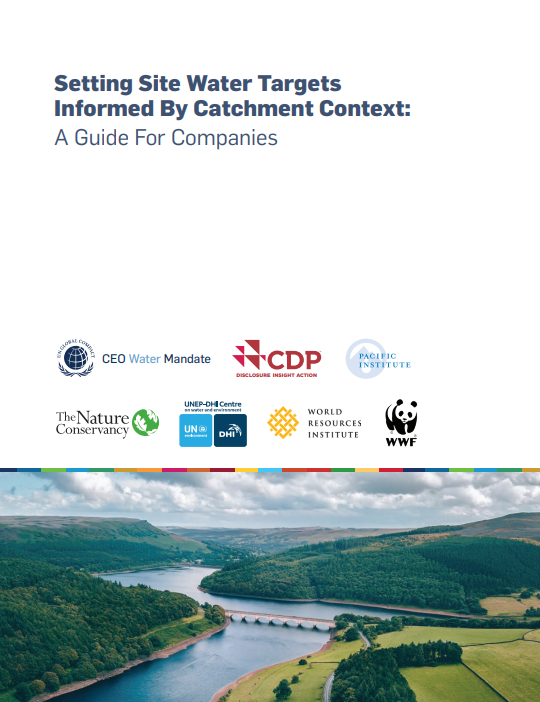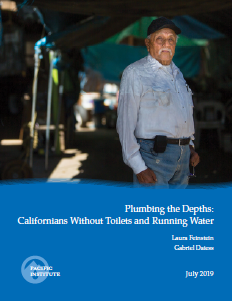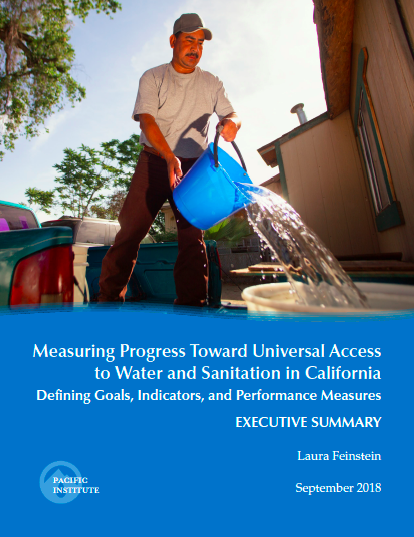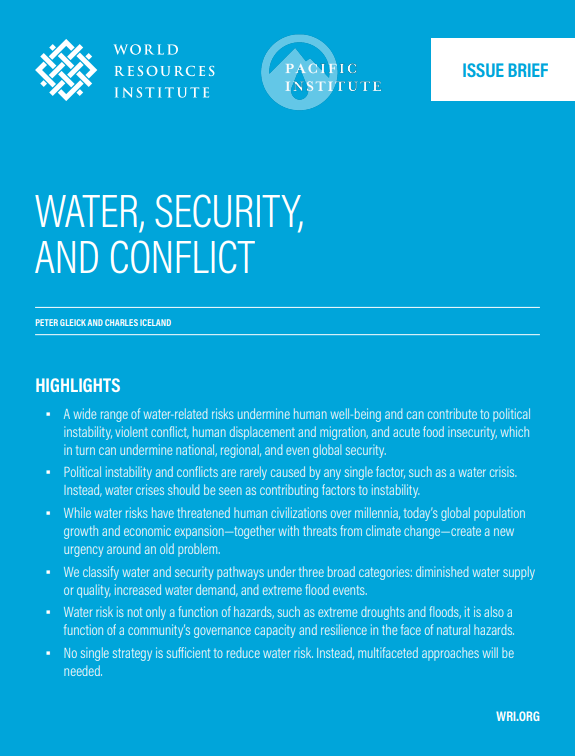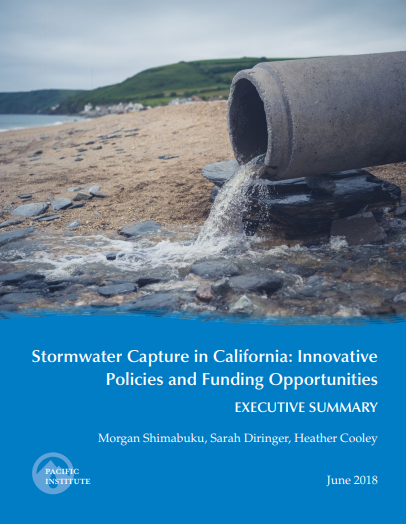1390 Resources
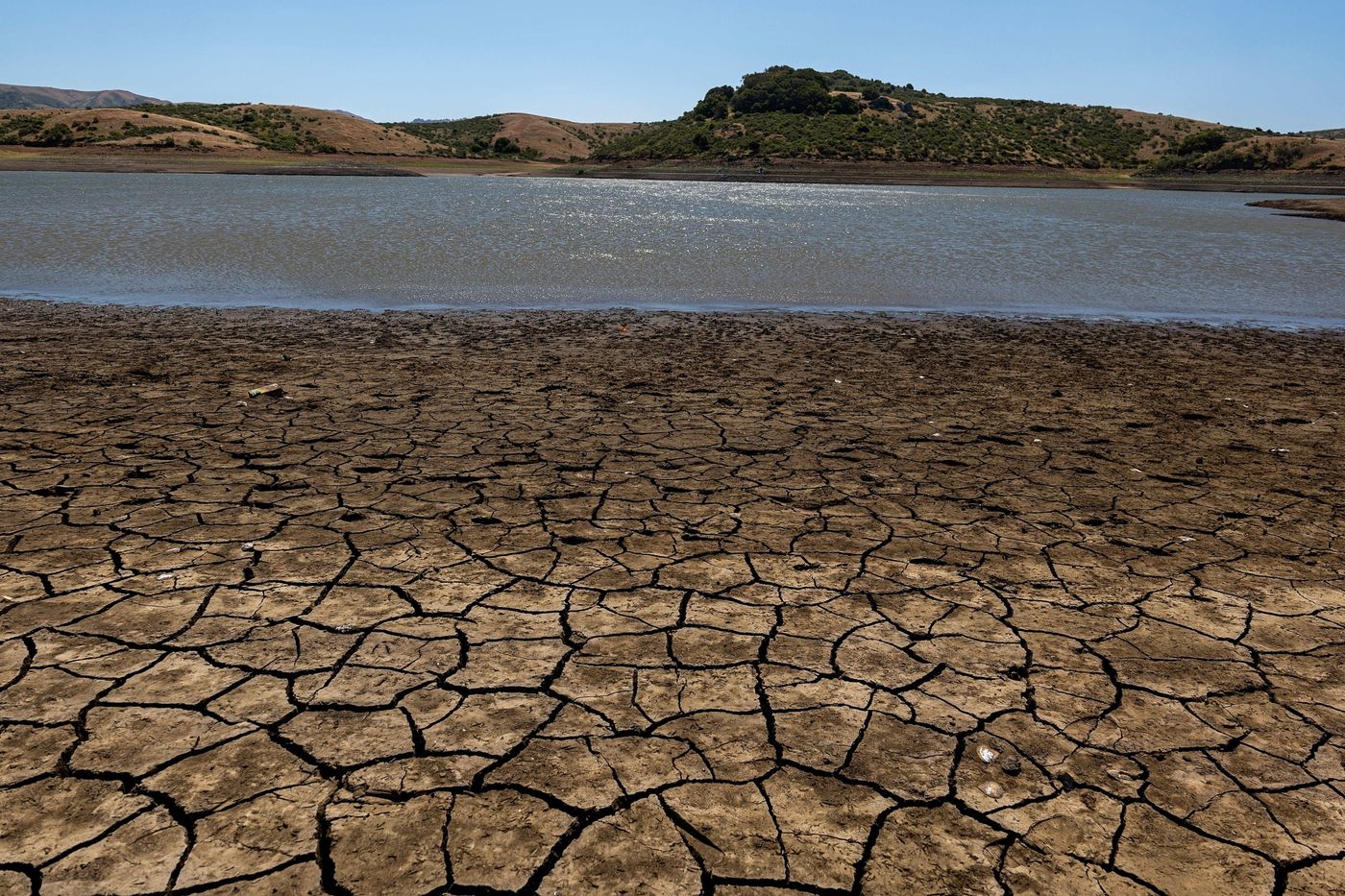
California Walking a ‘Tight Rope’ as Hydropower Supply Fades
June 15, 2021 | news
Dr. Amanda Bielawski Joins the Pacific Institute’s Executive Team as Director of Communications and Outreach
June 14, 2021 | announcement
June 14, 2021, Oakland, California – The Pacific Institute today announced Dr. Amanda Bielawski has joined its executive team as Director of Communications and Outreach. Bielawski will drive the Pacific Institute’s communications strategy to advance global water resilience through research, policy advocacy, and stakeholder engagement.
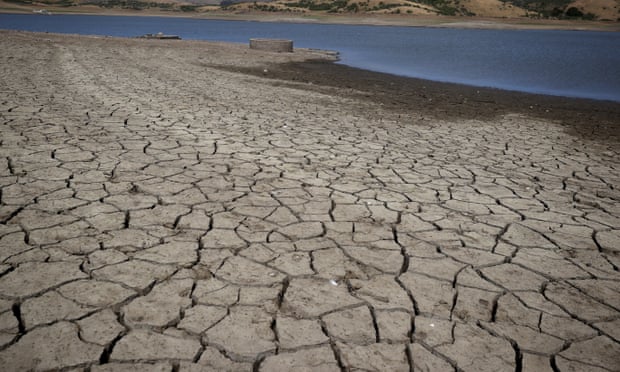
‘Dire Situation’: Silicon Valley Cracks Down on Water Use as California Drought Worsens
June 12, 2021 | news
Report Explores Co-Funding Water Management through “Stacked Incentives”
June 8, 2021 | announcement
June 8, 2021, Oakland, California – Today the Pacific Institute released a report to help water managers scale “stacked incentives” for water customer incentive programs. The report defines “stacked incentives” as customer incentive programs, including rebates and discounts, technical assistance, and/or education programs, that are co-funded by two or more separate entities to motivate voluntary action on public or private property.
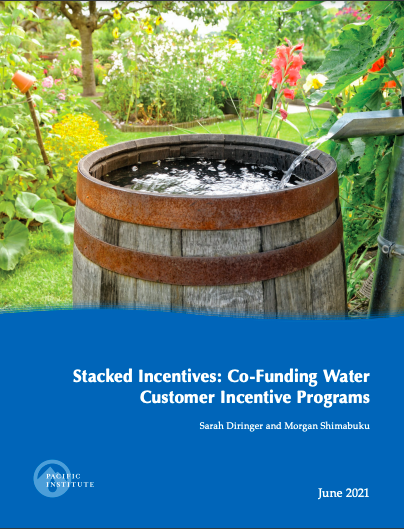
Stacked Incentives: Co-Funding Water Customer Incentive Programs
June 8, 2021 | publication
Water utilities throughout the United States offer customer incentives to motivate action and foster engagement with their customers. These incentive programs can take many forms, from rebates for high-efficiency fixtures and appliances to technical assistance for installing cisterns and rain gardens.
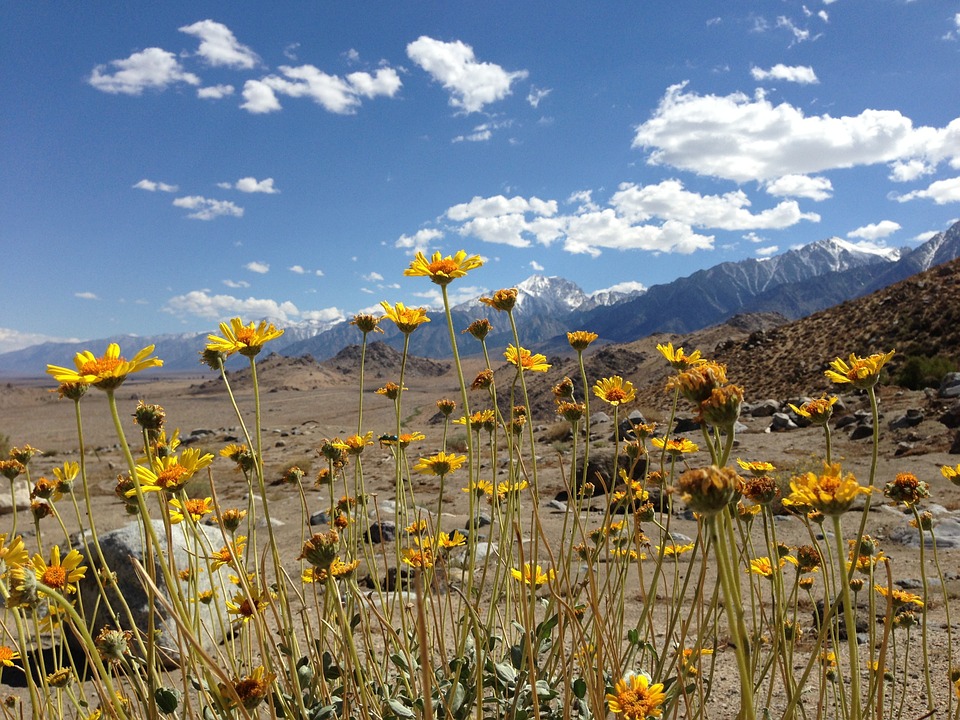
Severe Drought Forces California to Rethink How It Manages Its Water
June 7, 2021 | news
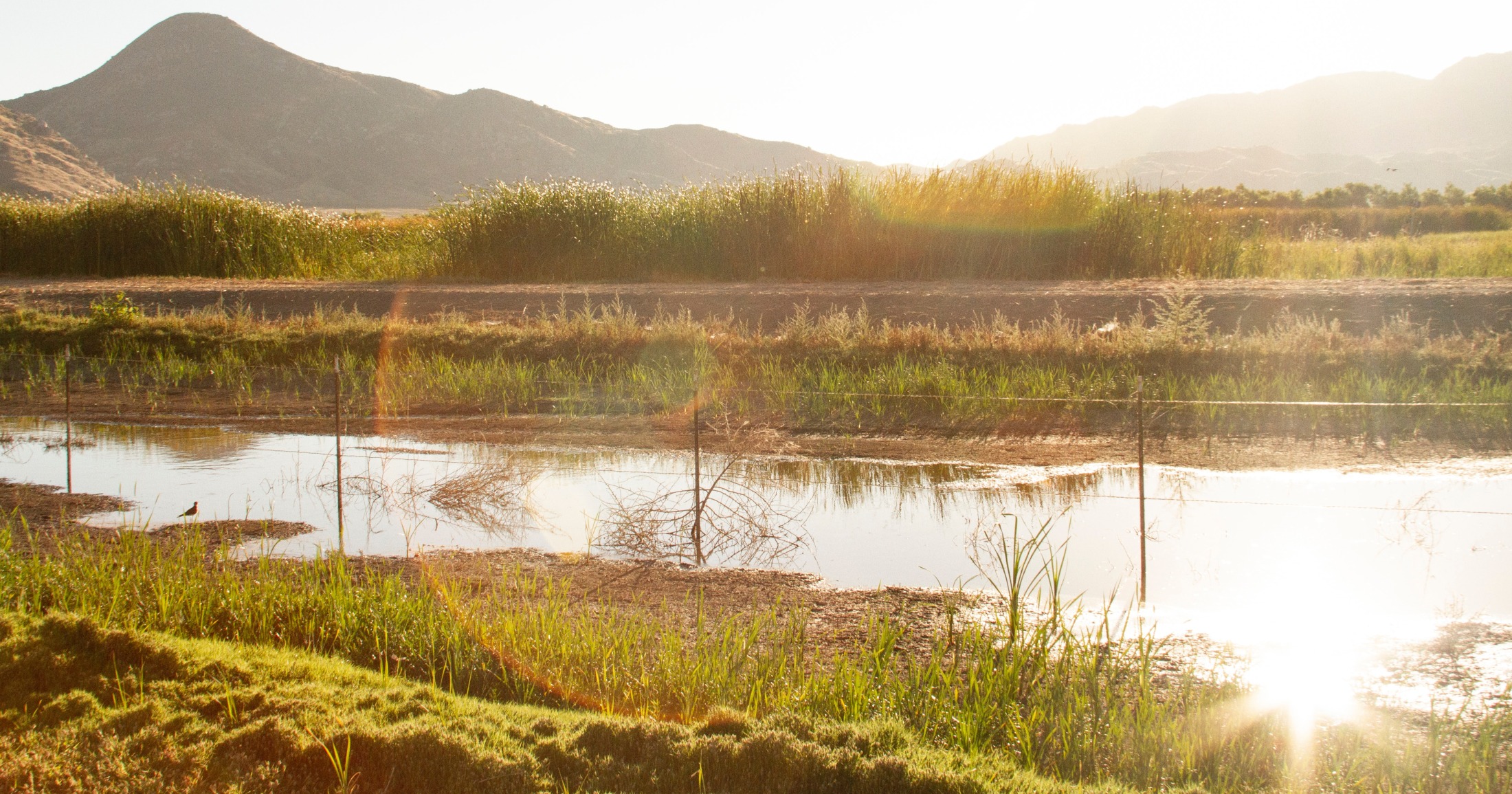
The 2021 Western Drought: What to Expect as Conditions Worsen
June 4, 2021 | post
The American West has entered another drought crisis, with nearly the entire region (97 percent) facing abnormally dry conditions and over 70 percent of the region already in severe drought. State and local leaders are making emergency declarations. Water allocations are being slashed. We are already seeing fish die-offs and domestic wells running dry — and the dry season is just beginning.
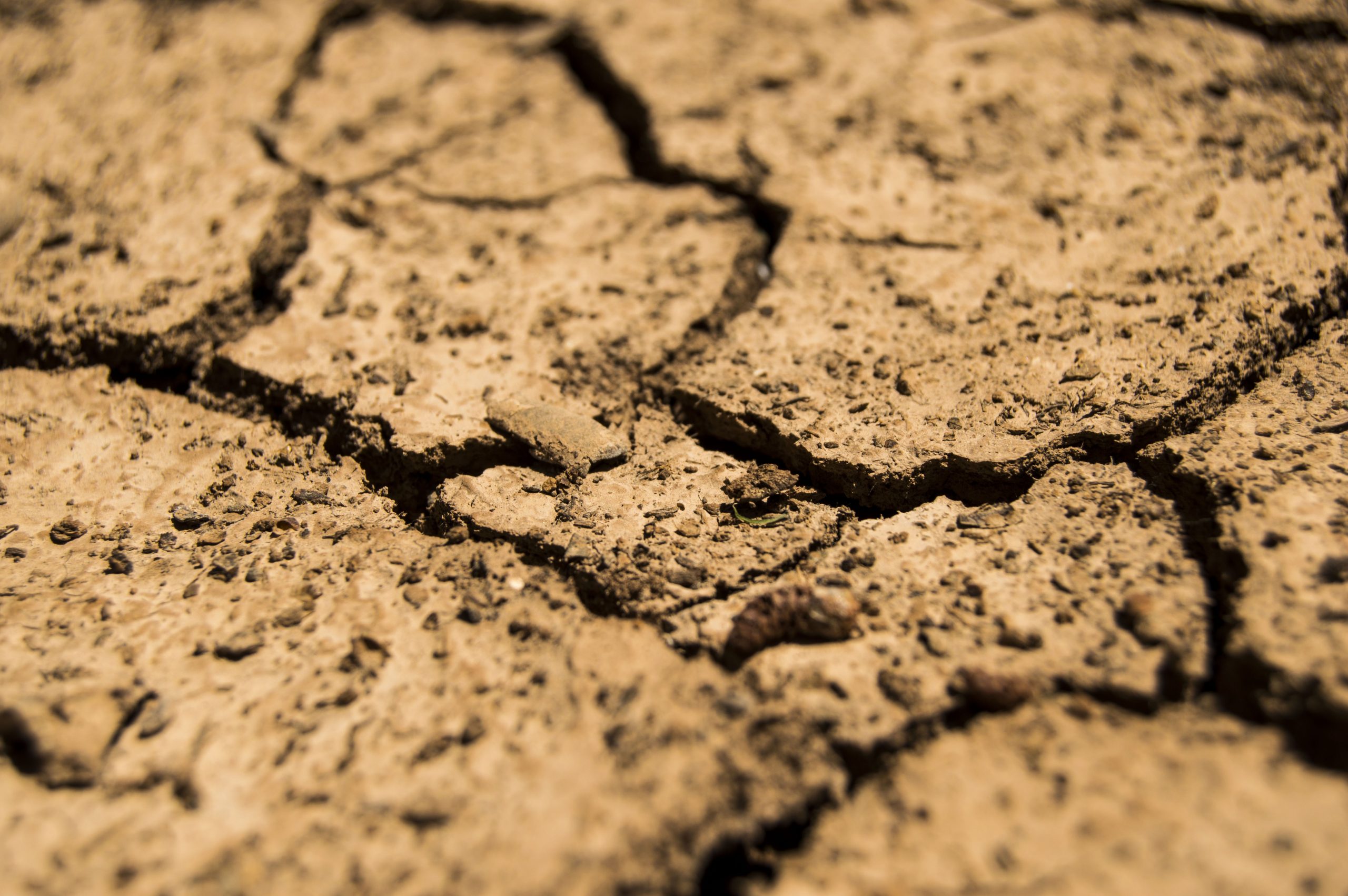
Current Drought Conditions Make California Look Downright Apocalyptic
June 2, 2021 | news
May 2021 Newsletter
May 28, 2021 | announcement
The monthly newsletter features the Pacific Institute’s research, publications, news about past and upcoming Institute staff outreach efforts, and media coverage of its work and analysis.
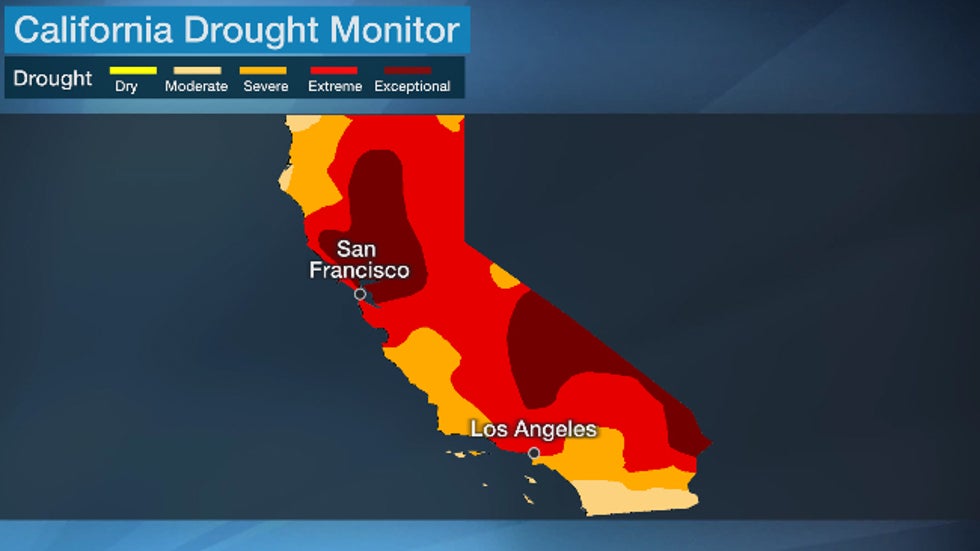
These Eight Facts Show the Seriousness of California’s Drought
May 28, 2021 | news
New Guide Provides Steps to Set Corporate Enterprise Water Targets
May 24, 2021 | announcement
May 24, 2021, Oakland, California -- The CEO Water Mandate, along with partners World Resources Institute, the Pacific Institute, CDP, The Nature Conservancy, and WWF today released a new guide on setting water targets at the enterprise level, intended to help companies do their part to address shared water challenges—and to focus their efforts in the right high-priority places.
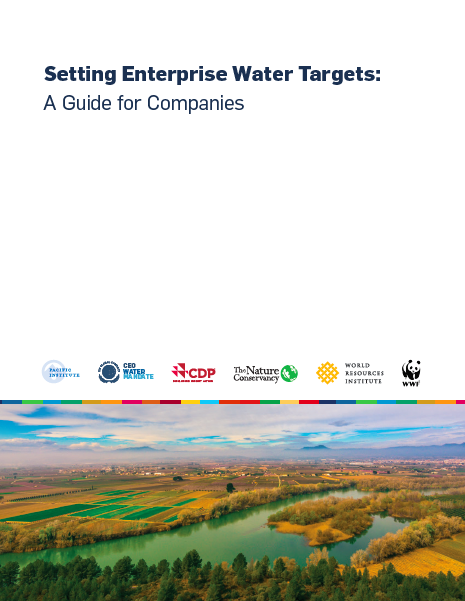
Setting Enterprise Water Targets: A Guide for Companies
May 24, 2021 | publication
The complexity of global water challenges requires meaningful action across sectors, including the business sector. A critical aspect of business engagement in successful water stewardship is setting water targets that address the shared water challenges in the water basins where a company operates, sources, and provides goods and services, and that enable actions that reduce or eliminate the associated water risks.
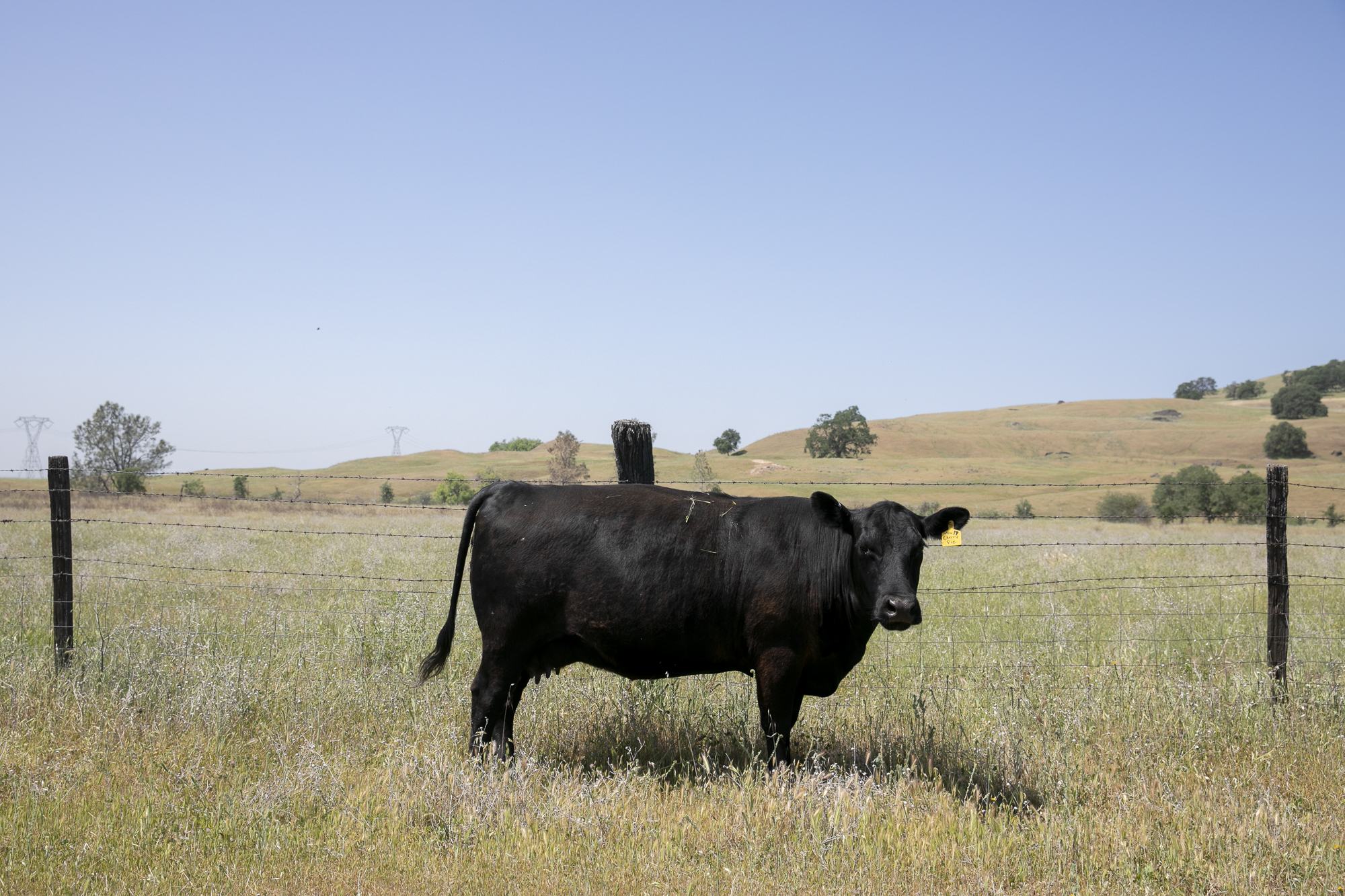
Running Out of Water and Time: How Unprepared is California for 2021’s Drought
May 18, 2021 | news
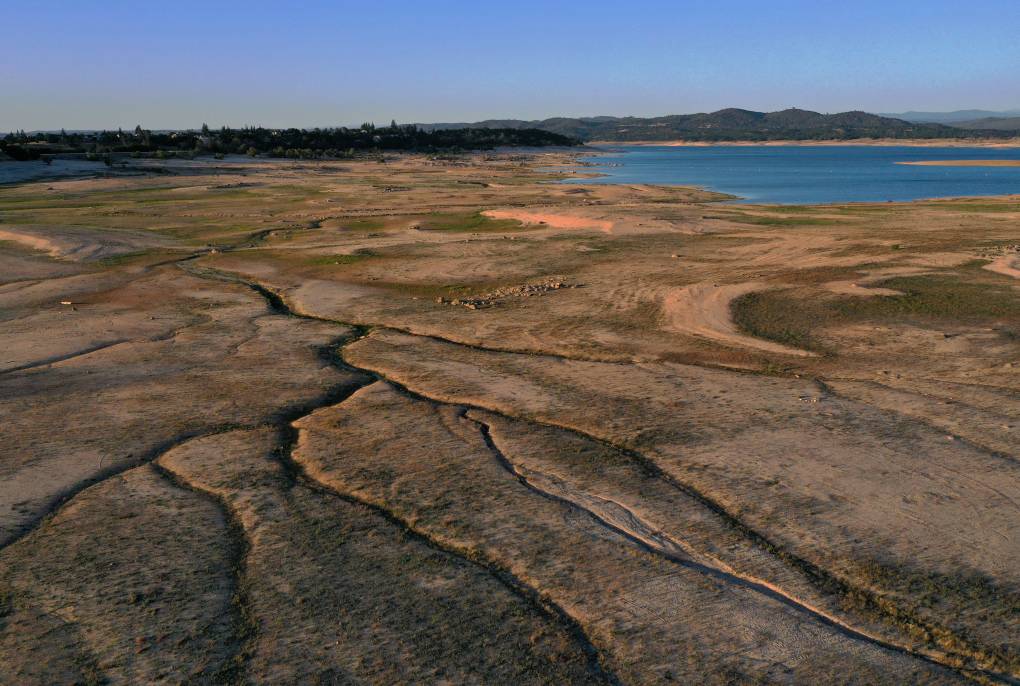
Most of California is in Extreme or Severe Categories of Drought
May 14, 2021 | news
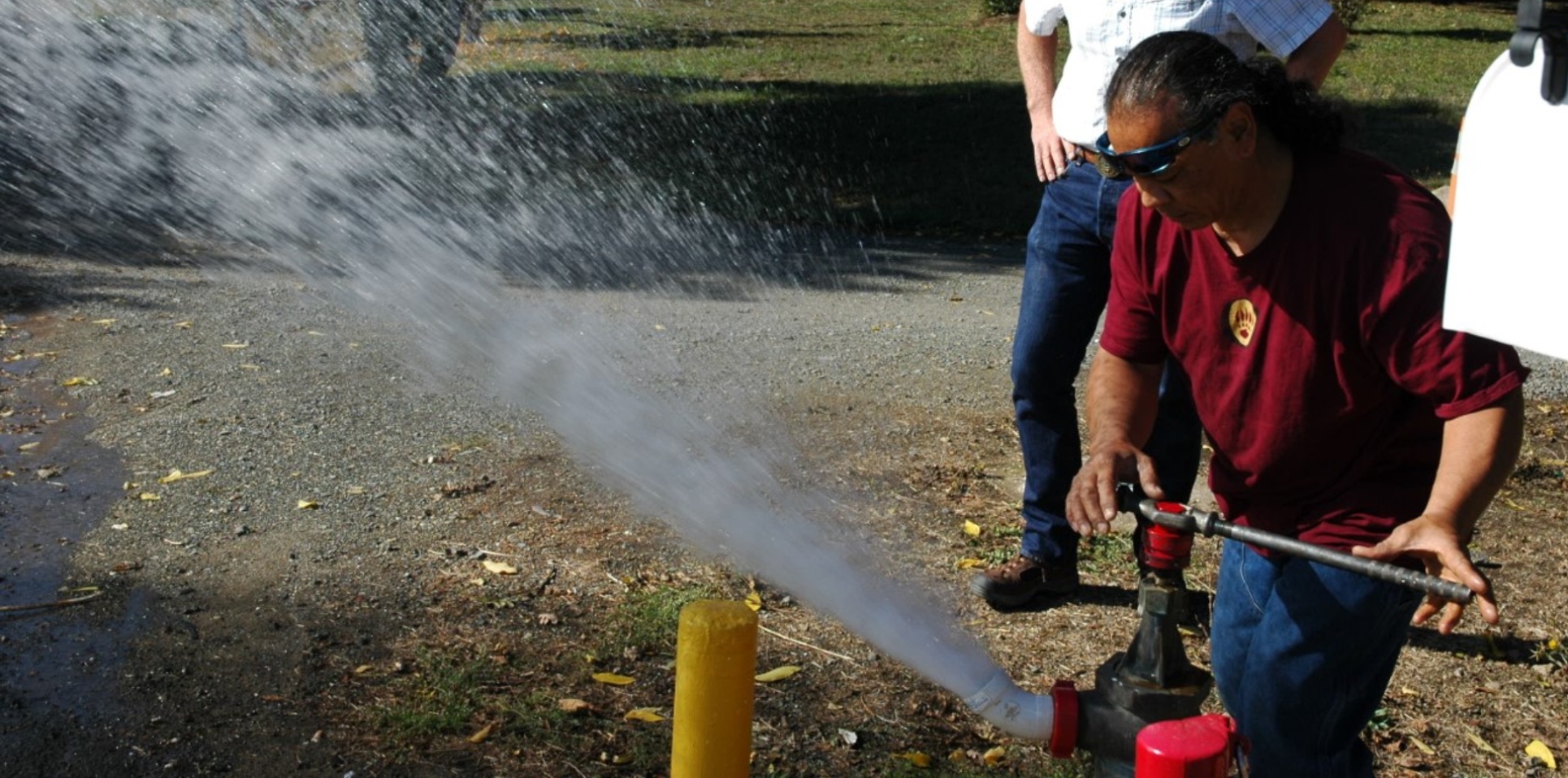
The Impacts of the Pandemic Remain for Small Water Systems and Customers In-Debt
May 13, 2021 | post
In the U.S., the vital responsibility of continuing safe water supply during the pandemic is decentralized, spread among nearly 50,000 community water systems. More than 45,000 of these are small community water systems (SCWS), serving fewer than 10,000 people each. Together, SCWS provide water to more than 53 million people — 18 percent of the national population — across urban and rural areas, on tribal reservations, in the midst of larger utilities in huge metropolises, and in growing communities.
Significant COVID-19 Impacts on Some U.S. Small Community Water Systems, Finds New Report
May 13, 2021 | announcement
May 13, Oakland, California -- The COVID-19 pandemic has had significant impacts on some small community water systems in the U.S., finds a new report from the Pacific Institute, the Rural Community Assistance Partnership, and the Rural Community Assistance Corporation. Customer Debt and Lost Revenue: The Financial Impacts of COVID-19 on Small Community Water Systems finds that in some cases small community waster system losses led to these systems operating at a deficit, delaying maintenance and capital projects, or increasing rates for customers, with revenue losses of up to 30%. Providing financial assistance at the federal level would boost small community water system resilience, ensuring access to safe, affordable water for the millions of Americans who rely on these systems.

Customer Debt and Declining Revenues: The Financial Impacts of COVID-19 on Small Community Water Systems
May 13, 2021 | publication
More than 45,000 small community water systems exist in the United States. These small community water systems, defined as those serving fewer than 10,000 people, are distributed across the country. Altogether they serve 53 million people across rural and urban settings, on Tribal reservations, in the midst of huge metropolises, and in growing communities.
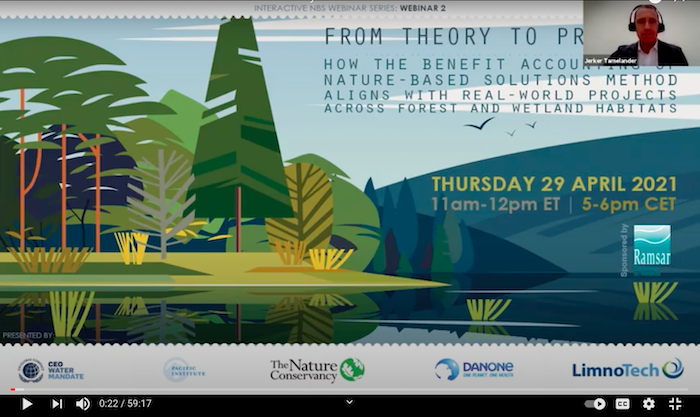
Nature-Based Solutions Webinar Series: From Theory to Practice
May 5, 2021 | video
How the benefit accounting of the nature-based solutions method aligns with real-world projects across forest and wetland habitats.
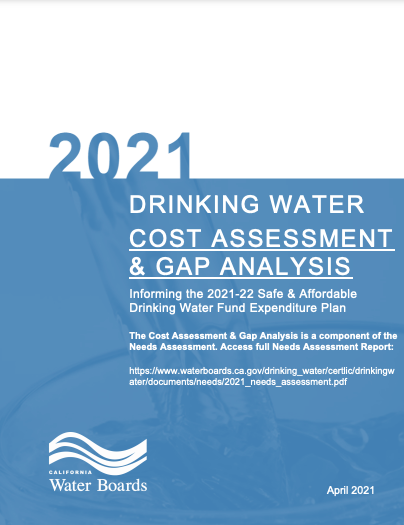
Drinking Water Cost Assessment & Gap Analysis
April 30, 2021 | publication
In 2012, California’s Human Right to Water was passed, calling for safe, clean, affordable, and accessible water for all citizens. Then in 2016, the California State Water Resources Control Board (State Water Board) adopted a Human Right to Water Resolution, making the Human Right to Water a primary consideration and priority across its programs.
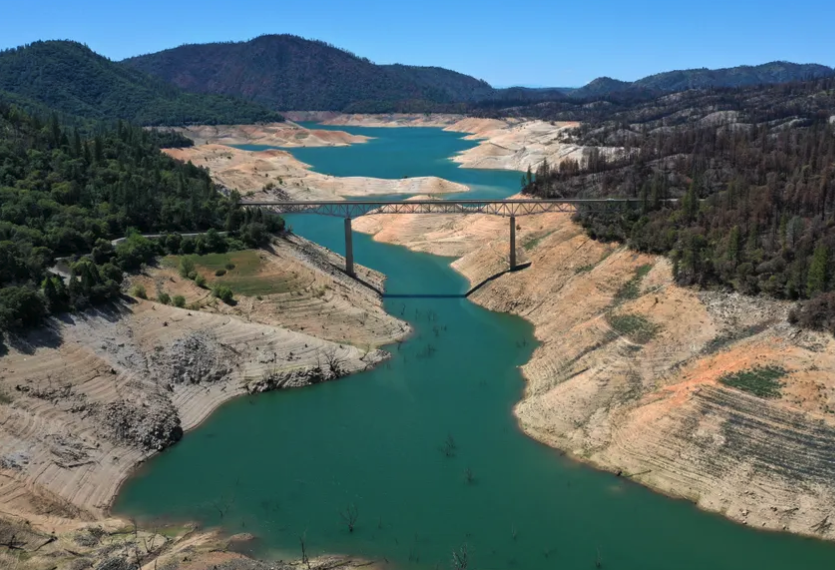
From Dust Bowl to California Drought: A Climate Scientist on the Lessons We Still Haven’t Learned
April 29, 2021 | news
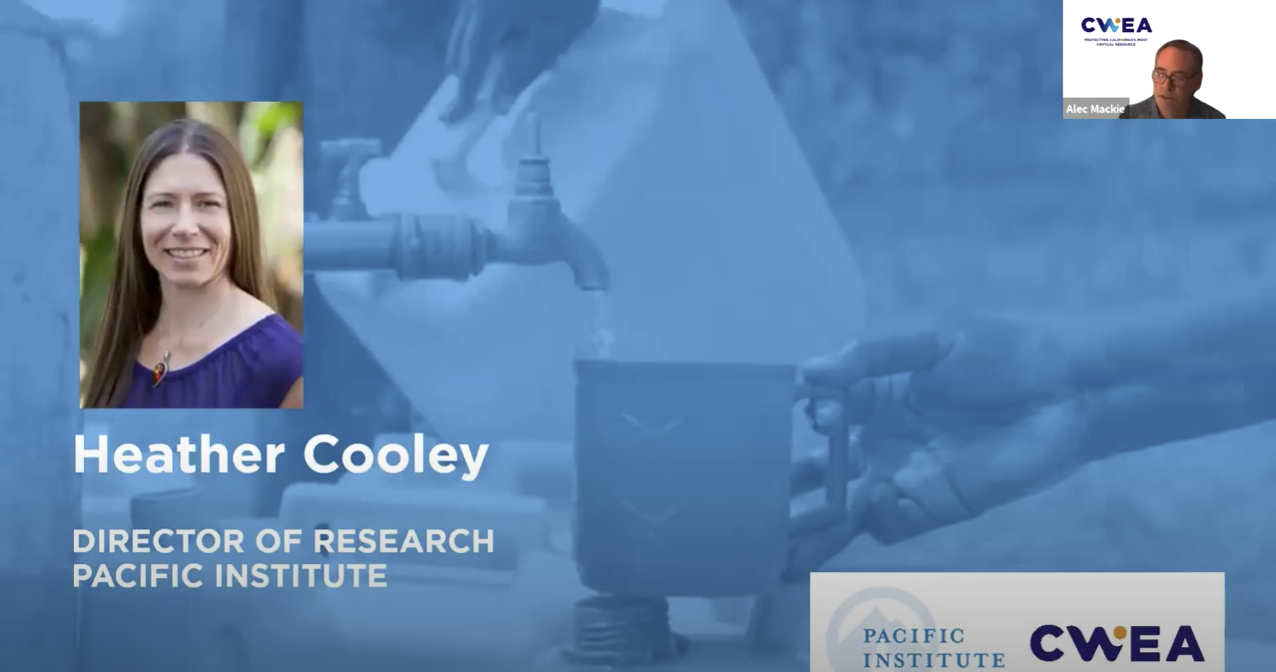
“Brave Blue World” Virtual Screening and Panel Discussion
April 19, 2021 | video
In this Pacific Institute and California Water Environment Association webinar, Pacific Institute Director of Research Heather Cooley and a panel of California wastewater experts took a closer look at what we can do to solve the water crisis, in California and beyond. Experts explored technological and policy solutions, and the role of innovation. To learn more about the global water crisis and innovative solutions, watch "Brave Blue World," available on Netflix.
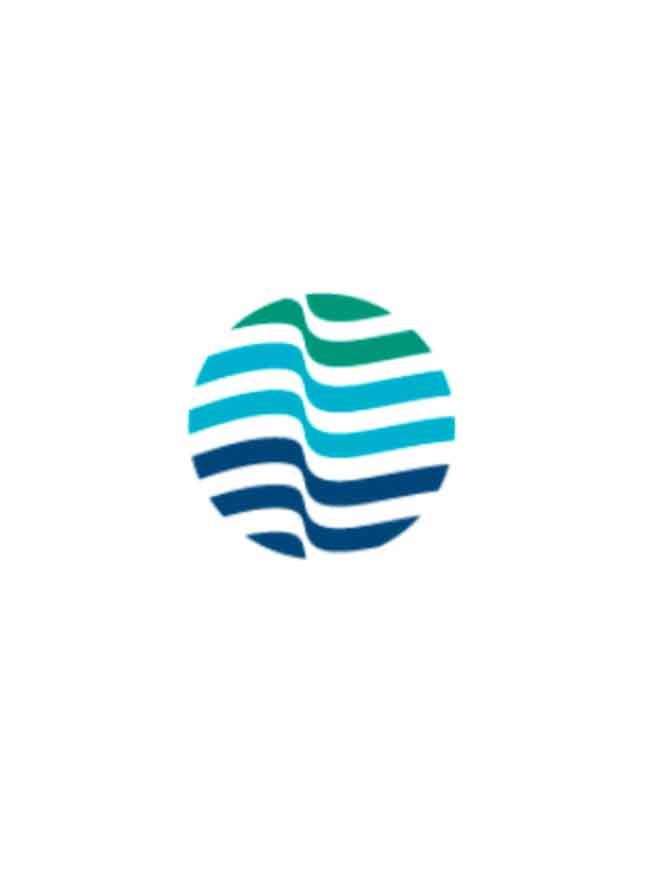
Op-Ed: Yes, California is in a Drought — Even if Officials Aren’t Saying it out Loud
April 16, 2021 | publication
California is suffering from severe drought again. This winter produced water conditions far below normal for the second year in a row, the eighth year in the last 10, the 14th year in the last 20. Los Angeles has had 39% of normal precipitation; San Diego, only 30%; San Francisco, 37%; Sacramento, less than 40%.
April 2021 Newsletter
April 14, 2021 | announcement
The monthly newsletter features the Pacific Institute’s research, publications, news about past and upcoming Institute staff outreach efforts, and media coverage of its work and analysis.
California Water System Assessment Will Inform Upcoming Funding Priorities
April 9, 2021 | announcement
April 9, 2021, Sacramento, California -- The State Water Resources Control Board announced today the completion of its first-ever comprehensive look at California water systems that are struggling to provide safe drinking water to communities and how to help them. The Pacific Institute contributed to the Gap Analysis and Appendix D. With criteria for the state’s Human Right to Water list recently expanded, the assessment identifies both failing water systems and those at risk of failing, offering the most in depth view of long-term drinking water safety the state has ever had.
President Biden’s Infrastructure Plan Proposes Billions of Dollars in Water Investments
April 1, 2021 | announcement
April 1, 2021, Washington, D.C. – Yesterday, President Joe Biden introduced The American Jobs Plan, a $2 trillion proposed infrastructure investment plan for the United States. The plan, framed as a jobs investment and post-pandemic rebuilding strategy, calls for spending on water, energy, transportation, and communications infrastructure, as well as research and development.
Page 15 of 56



